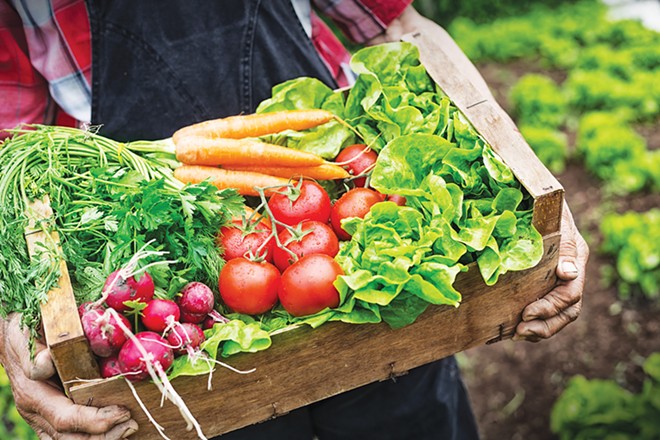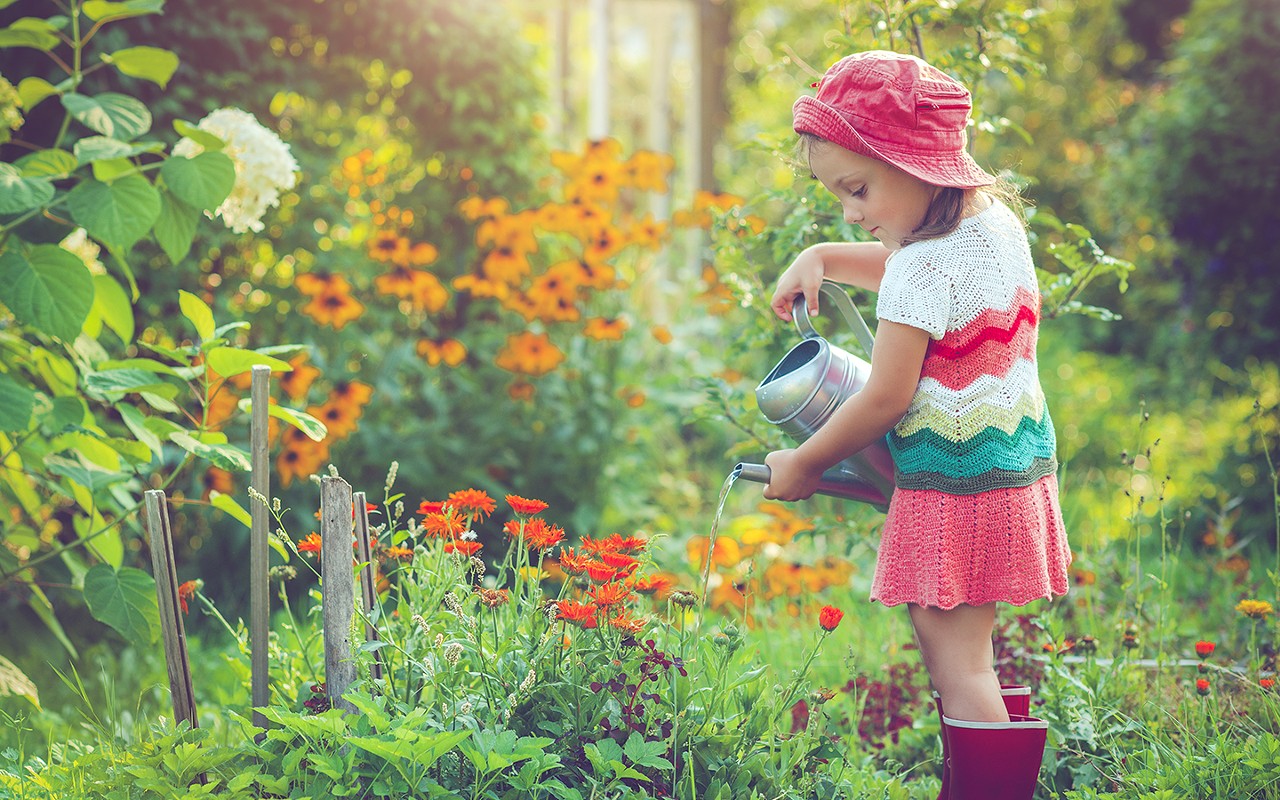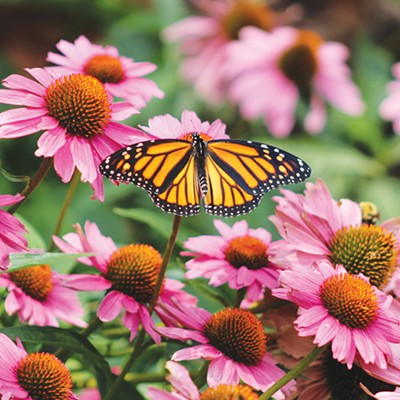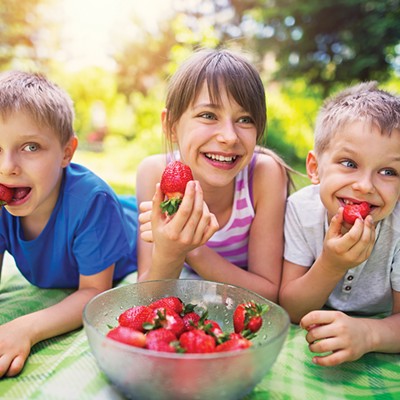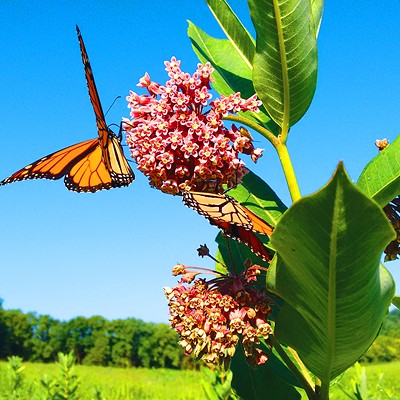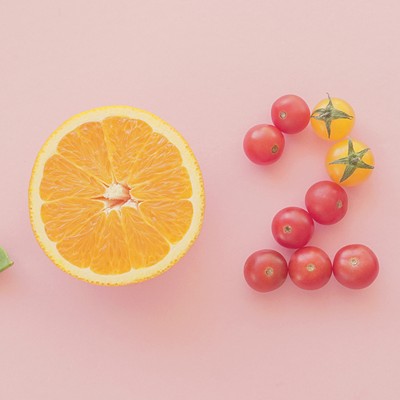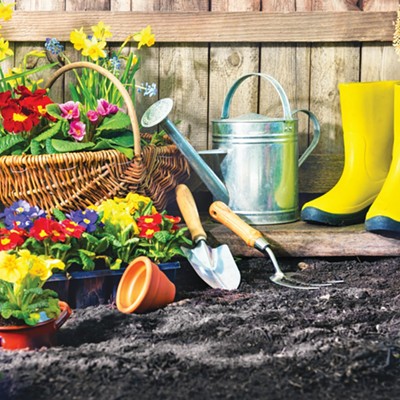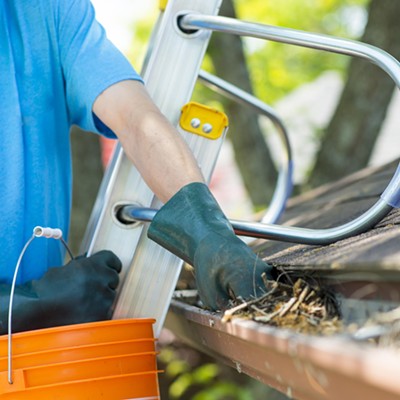Gardening and canning both saw a resurgence in spring 2020 when families were home due to the pandemic and looking for activities to keep themselves busy. Gardening and canning had such a revival that seed suppliers were selling out and canning supplies were in high demand. The last time there had been a shortage of canning supplies was in 1975.
Gardening, once done for survival, is now utilized for a multitude of reasons – the mere satisfaction of connecting with the earth, knowing the food you're consuming is organic, contains no GMOs and no high-fructose corn syrup. Or maybe you make a mean salsa and therefore you dedicate your garden to growing salsa ingredients only. And if you just want the pure pleasure of tasting homegrown vegetables throughout the winter, you can plan a garden specifically for canning.
Although we are still experiencing some cold days, this is actually the best time to begin planning your garden. First, make a list of the produce your family likes best and then make a list of the vegetables you buy most during the winter. Compare those two lists and where they overlap becomes the list of vegetables you will plant in your garden.
Now that you know what you want to plant, next you'll need to plan out what seeds are planted first, which seeds can be started in the house and transferred outside and some other details. You can keep this simple with an outline sketch, or you can go high-tech and purchase software. I recommend keeping it simple and searching the web for some old-school worksheets that will help move you through the process. Search for: planting calendar, planting dates, crop amount worksheet and seed order worksheet, for starters. You can get some real math involved and calculate the amount of garden space you'll need, or if you have a limited amount of space, then that's what you'll work with.
Speaking of output, the internet has resources to help you calculate yield from vegetables and fruit. If you're thinking of planting a couple of tomato plants, you'll be surprised to learn that it takes three pounds of tomatoes to yield one quart of canned tomatoes. Search for: yield of pounds to quarts and Google will pull up a nice list for you.
If you do not have enough real estate for a garden large enough to produce the pounds of vegetables to can, don't despair; see if there is a community garden near your home, or install one or two raised garden beds, or plant some veggies in terra cotta pots on your back patio and look into freezing your produce. You can still embrace farm-to-table, just on a smaller scale.
If you are so new to canning that you have never witnessed the process, you will need to do plenty of research before diving in the deep end. Not only does it require some equipment and dedication, but not canning food properly can cause botulism poisoning. Foodborne botulism is often found in home-canned foods that are low in acid, such as fruits, vegetables and fish. Canning in a pressure-canner ensures that food reaches a temperature of 240-250 degrees over a period of time that kills the toxin produced by the bacterium clostridium botulinum. People who get this type of food poisoning get very ill; in rare cases it can be fatal. (That's a buzz kill, but safety first. Don't give up your dreams of canning just yet.)
This is a good time to mention the excellent resource we have in our local University of Illinois Extension office. There are knowledgeable educators on staff for the purpose of teaching us how to grow our own food, how to handle food safely and how to preserve food by canning it properly so we can feed our families through the winter. Learn more at extension.illinois.edu.
In addition, the nurseries in the Springfield area have staff who know just as much about growing food as they know about growing flowers.
Before the seeds are in the ground, do your research and know how you want to fertilize the soil and how you want to keep the bugs from eating your vegetables before you do. Once the seeds are planted, water your garden as it needs, celebrate the rainfall and enjoy watching the green sprouts pop up through the rich soil. While your garden is growing, make sure your canning jars are sterilized and that you have plenty of lids and rings on hand. The satisfaction felt from growing your own food is a feeling like none other.
Holly Whisler, a freelance writer from Springfield, in a family that had a large vegetable garden, a couple of fruit trees and a grape arbor. Each summer she worked the garden and participated in the process of canning, freezing and making jelly. It was a lot of work but the payoff was always delicious.

